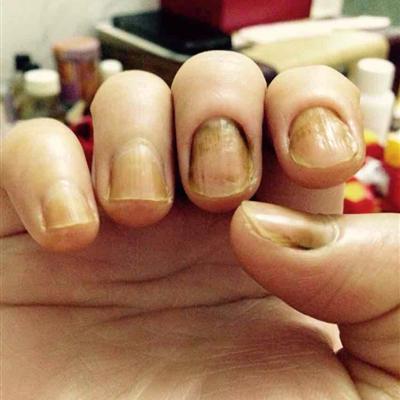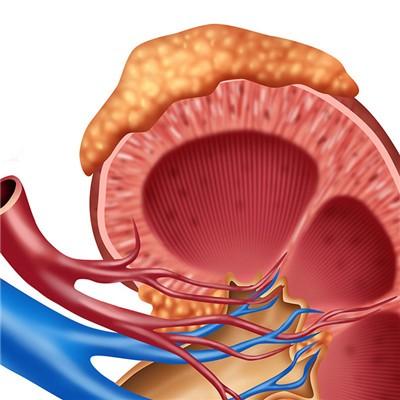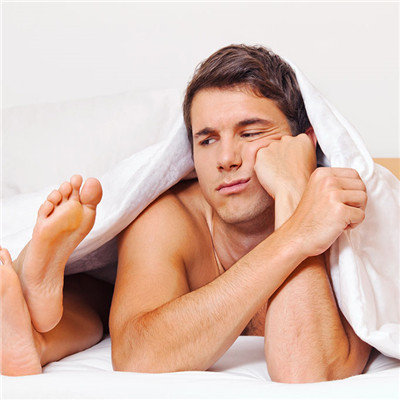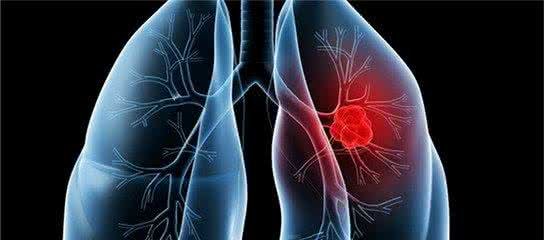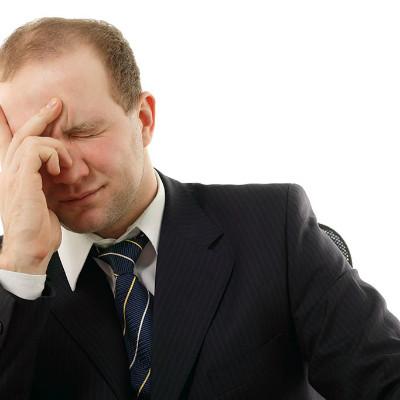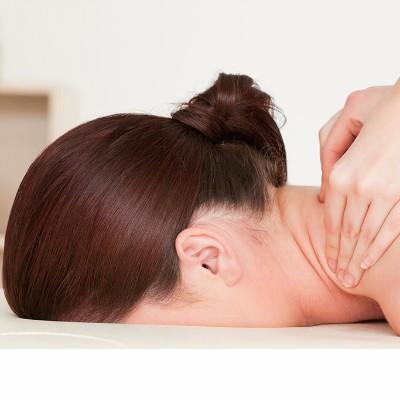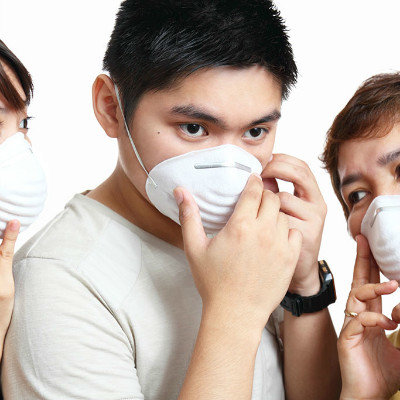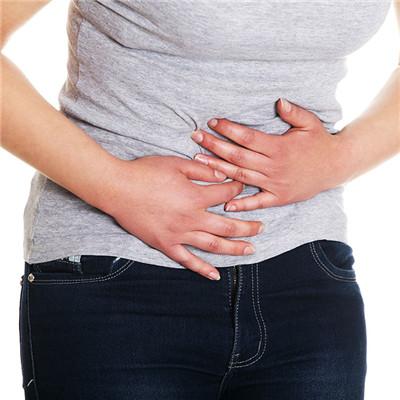What causes bone hyperplasia
summary
Hyperosteogeny is a very stubborn disease. If the patient appears, even if the treatment is early, it will take quite a long time. Moreover, it also requires the patients to pay better attention to the nursing situation in our life. Only in this way can our condition improve more quickly. Now let's understand what causes bone hyperplasia?
What causes bone hyperplasia
Reason 1: hyperosteogeny is a state of bone, which is characterized by the loss of normal morphology of some parts in the process of bone growth, development and function completion. There are various forms of hyperosteogeny, which have their own characteristics due to different parts. For example, hyperosteogeny of knee joint is often called "bone spur", which can be seen as intra-articular free body and cartilage hyperplasia; hyperosteogeny of spine Hyperplasia is mainly manifested as "lip like" changes of vertebral body, compression of nerves, resulting in paresthesia and dyskinesia of limbs
Reason 2: Occupation: bone hyperplasia is related to occupation. Long term repeated use of certain joints can increase the prevalence of these joints. For example, the elbow and shoulder joints of foundry workers, the spine and knee joints of miners, the knee and ankle joints of loaders and unloaders, the shoulder joints of drivers, the wrist joints of repairmen and weavers, the metatarsophalangeal joints of ballet dancers, the cervical joints of workers who have been engaged in embroidery, typing and desk work for a long time, and the calcaneus of women weavers, salesmen, welcome ladies and honor guards.
The third reason: physical factors: weight gain makes the joints that have been worn and degenerated, plus heavy load, of course, it is easier to damage, so hyperosteogeny occurs in the hip, knee, calcaneus, lumbar and other parts with large load. In addition, due to joint pain, patients unconsciously limit the activity and make weight gain, mutual influence and aggravate the joint disease.
matters needing attention
Usually avoid long-term strenuous exercise. Long term, excessive, strenuous exercise or activity, appropriate physical exercise. Reduce weight, reduce joint burden. Eat more vegetables and fruits and calcium and phosphorus rich food, such as milk, fish and shrimp. No special taboo


